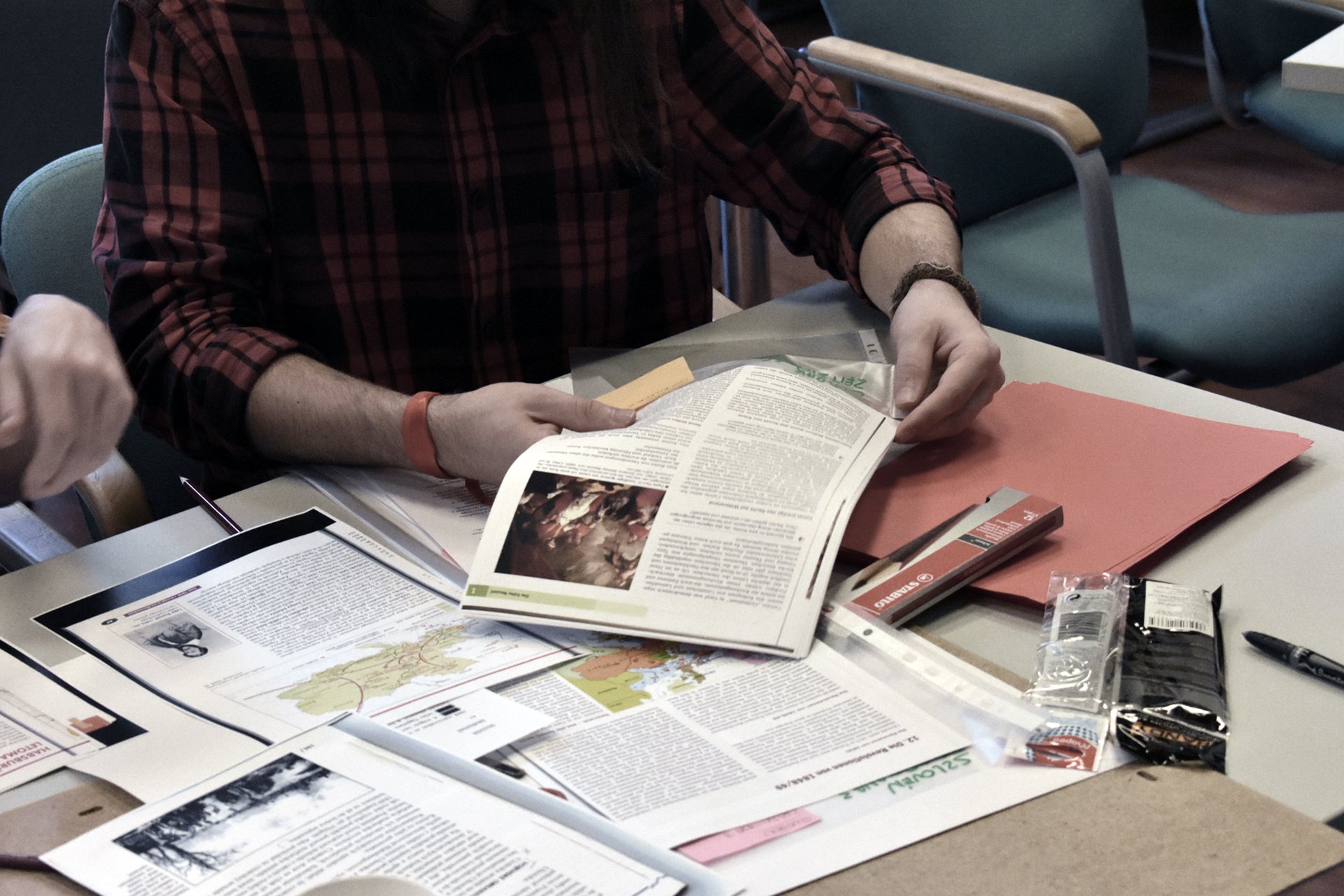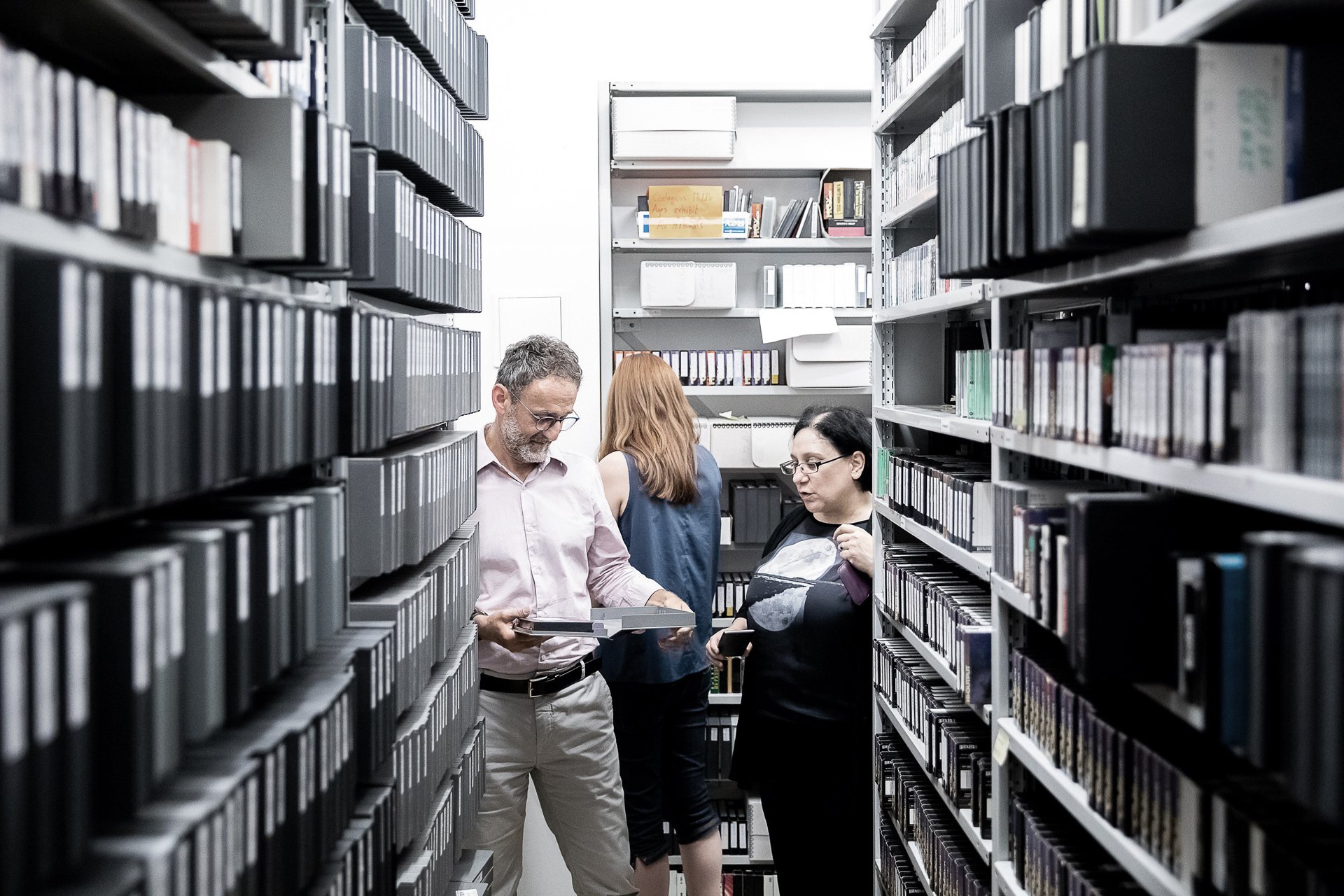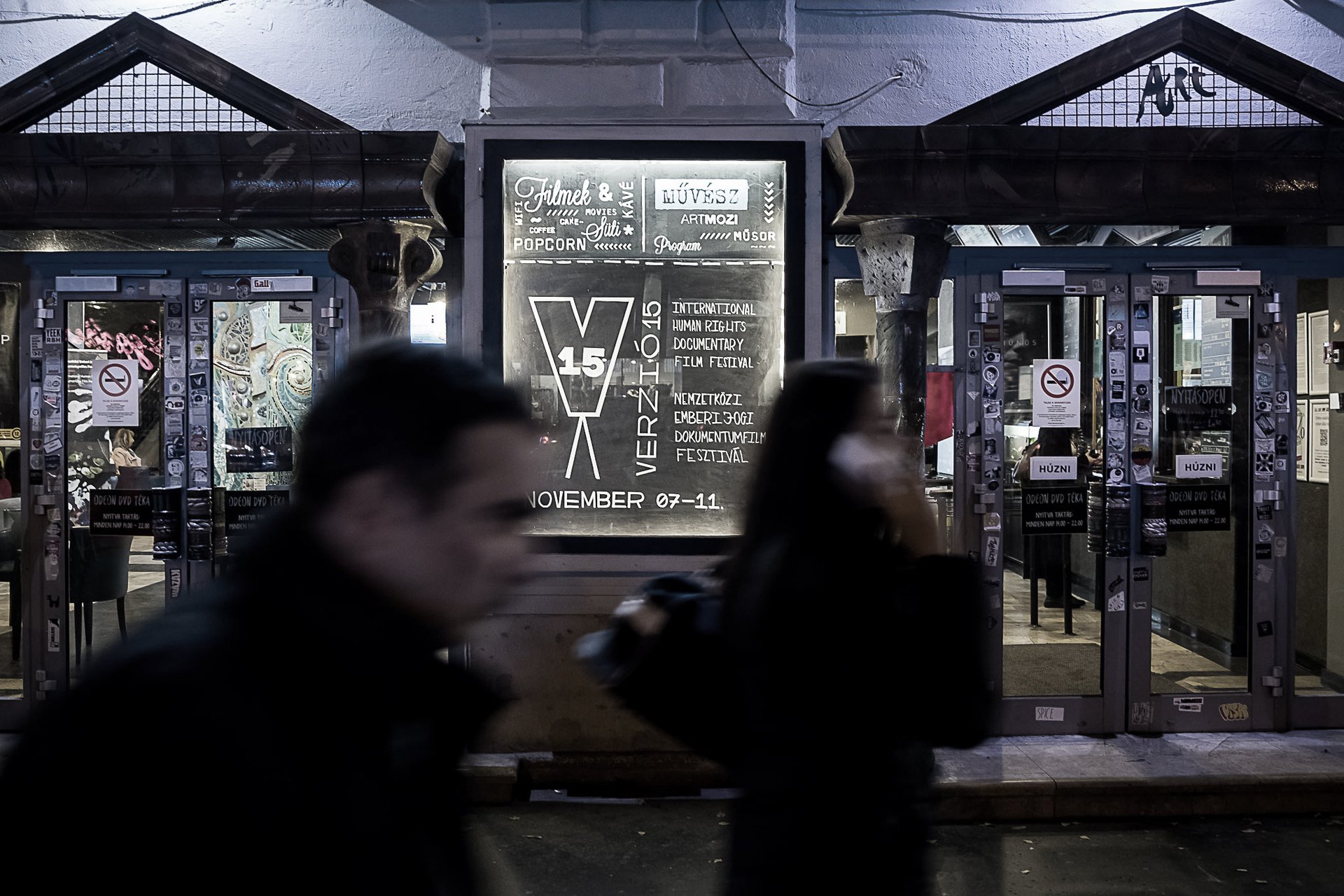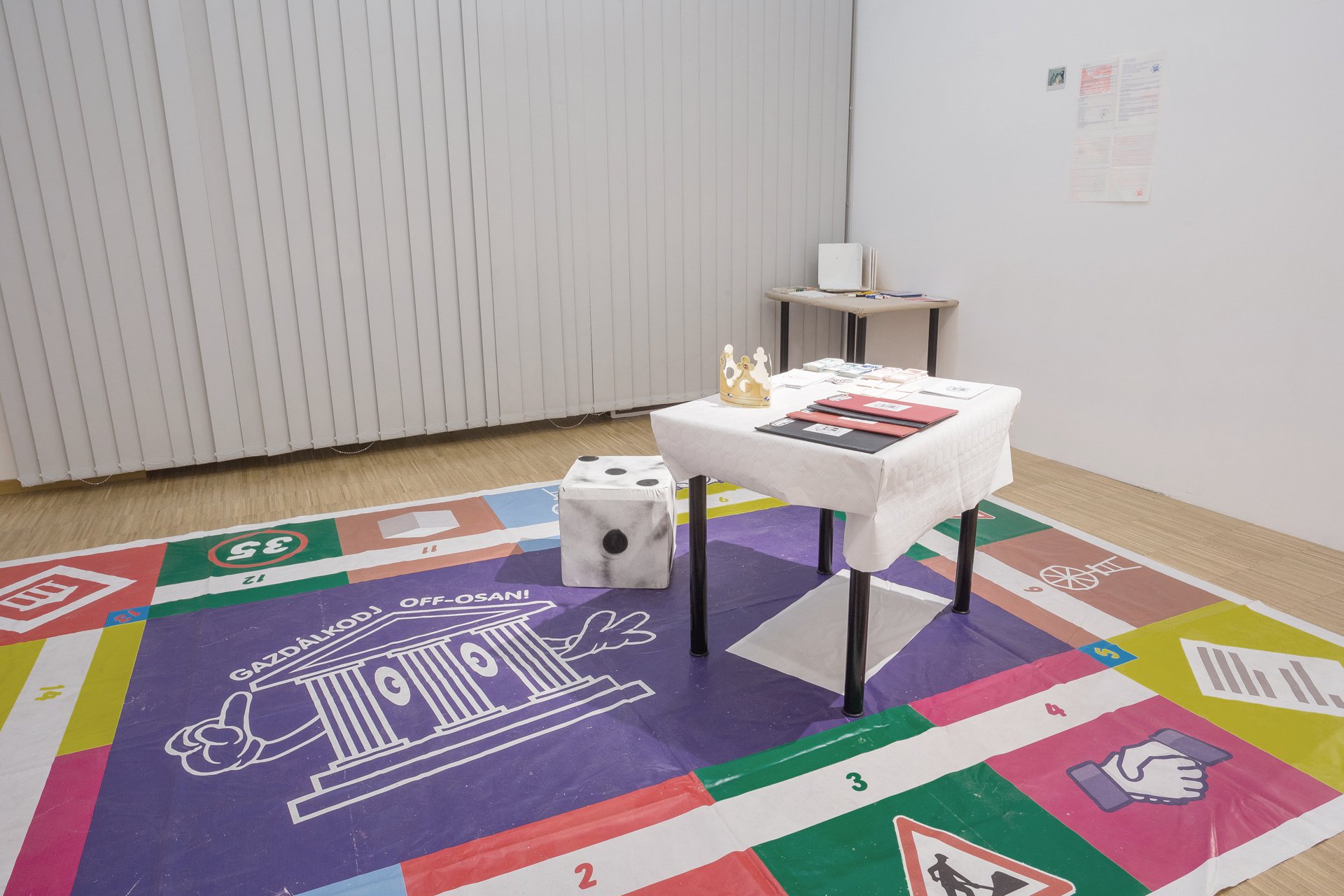The nationalist, anti-intellectual government of Hungary was granted a two-thirds majority at the spring election, and thus the artificially induced uncertainty of the status of Central European University continued. OSA is not only part of the University, but provides essential sources of research both for students and faculty. Members of the Archive’s staff teach courses at different departments; OSA offers a specialization for the students of CEU. The intention of the government to make the existence of CEU impossible in its home, to force the University to join the hundreds of thousands Hungarians who, having no other alternative, had to emigrate in the past decade, set new tasks for the Archive. We have decided not to leave, but to keep the collections connected to the recent history of Hungary, Central Europe, the Cold War, and grave violations of human rights in Budapest. We are convinced that the need to study the original documents, the primary sources, at the time of official campaigns of misinformation, whole-sale historical revisionism, and single, officially approved school textbooks intended to serve as for political propaganda, is more urgent than ever before. According to the original agreement signed with the government of the United States the former archive of the Research Institute of Radio Free Europe/Radio Liberty, the original core of our collections, should stay and remain accessible in Budapest, at least until 2045. We cannot and will not emigrate.
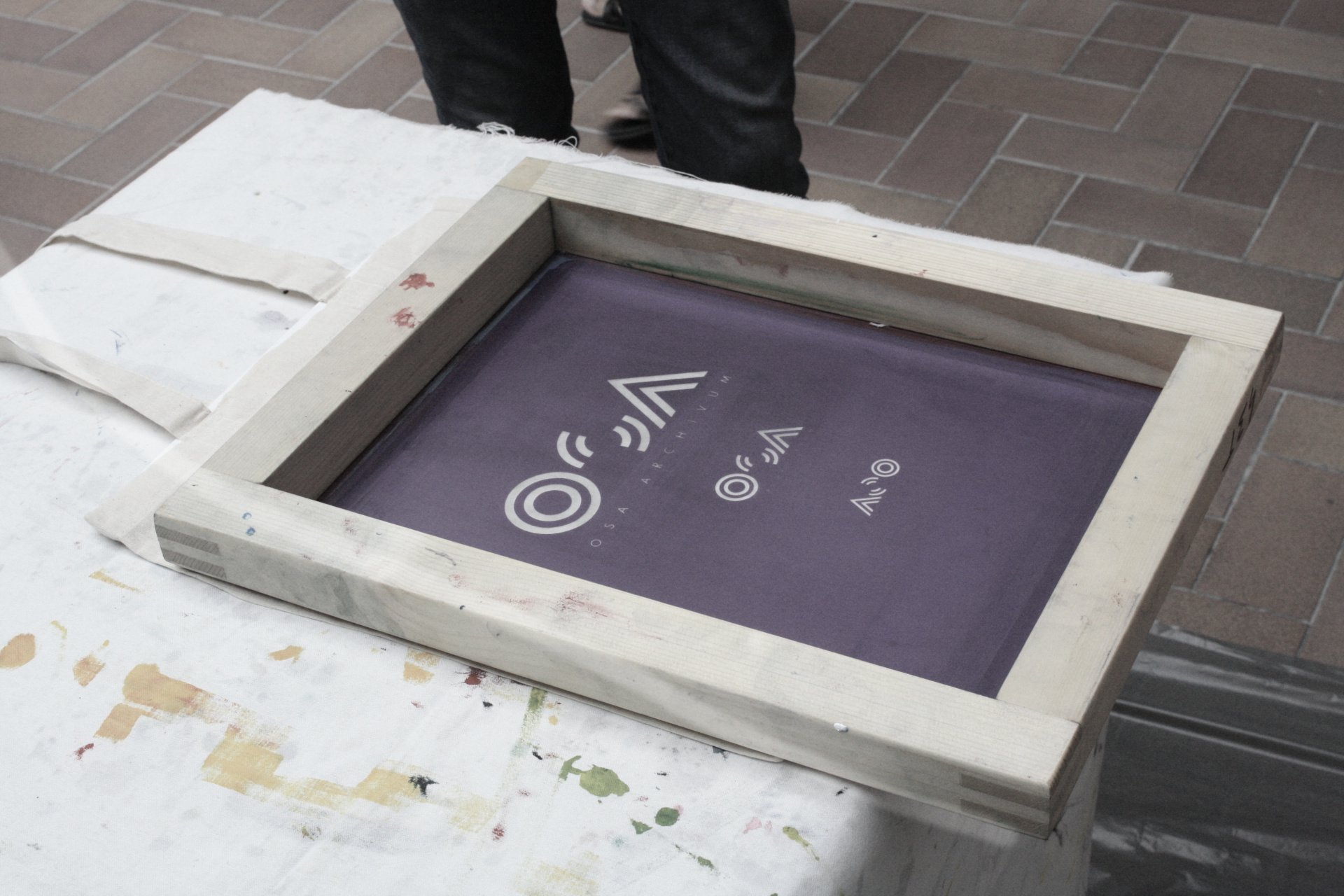
The Archives have embarked on a multi-year digitization program, in order to make our visual documents available for the community of the University, even in Vienna. In the coming years we will digitize our entire film collection, and via a private cloud we will make the moving images available for users outside the premises of the Archives. We have purchased a high-speed, high-resolution book and document scanner, to provide a digitize-on-demand service, providing digitized textual documents for remote researchers.
OSA is an open access institution: we have nothing to hide. All the documents, except those restricted for a certain period of time by the donors or in order to safeguard the dignity of victims of human rights abuses, and the safety of witnesses, are freely available for researchers. Until the attack against autonomous institutions by the government, OSA was considered to be a safe place by organizations that wanted to have their archives kept in a secure repository that guards the authenticity and integrity of the documents. Human rights organizations, including Index on Censorship, Physicians for Human Rights (the organization responsible for exhuming mass graves, including the graves at the site of the Srebrenica genocide), have deposited their archives, including highly sensitive materials, at OSA. We still do everything in order to guard the safety of all the documents under our care.
We had worked with a Silicon Valley nonprofit software company to develop knowledge management software for human rights organizations working under extremely difficult circumstances. The organizations could deposit encrypted investigative reports on a safe server that was housed in the Archives. As our situation has changed, we felt responsible for the safety of these endangered institutions and after having set up a mirror site outside Hungary, - as a preemptive measure – we decided to destroy the server in the Archives. There are situations in which archives are forced to make difficult decisions that seemingly contradict the mission of the institution. Sometime, destruction is the only responsible way of preservation.



